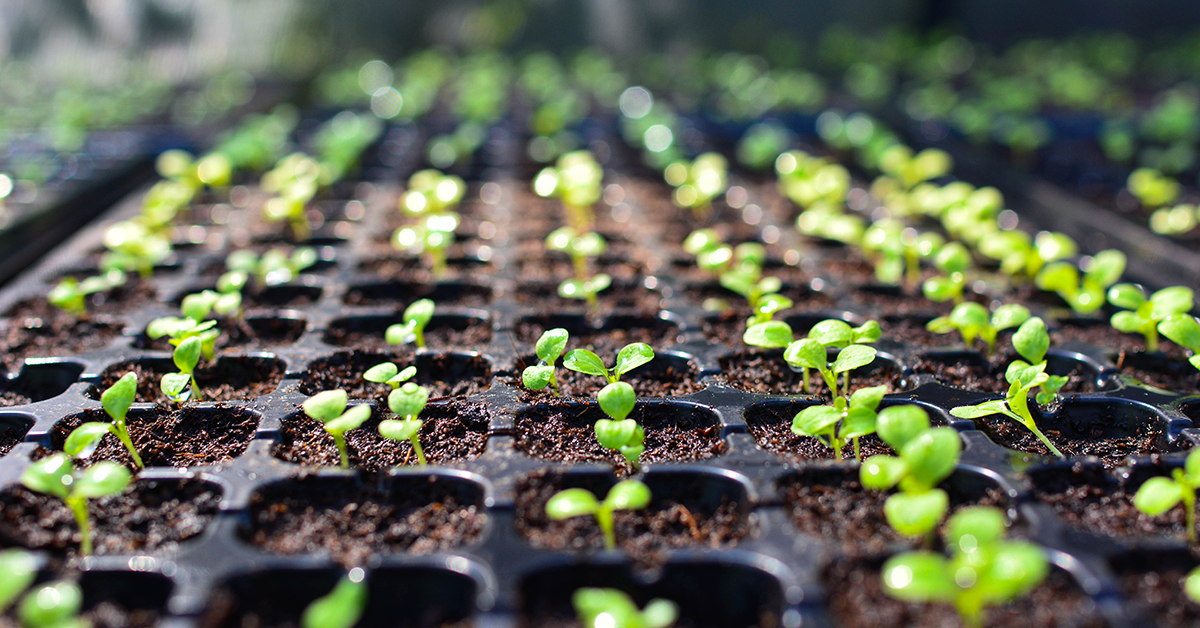In Star Valley, Wyoming, where the last frost can linger until June, gardeners face a shorter growing season compared to other regions. However, with strategic planning and the use of indoor seed starting methods like greenhouse gardening, you can effectively extend your growing season and optimize the success of your garden. In this guide, we’ll explore the benefits of starting seeds indoors, the best practices for seed starting, and cautions for transplanting before the final frost date.
Understanding Star Valley’s Climate and Growing Season
Star Valley, nestled in western Wyoming, experiences a unique climate characterized by cold winters and short, cool summers. The average last frost date typically falls around late May to early June, which limits the time available for outdoor plant growth. To maximize the potential of your garden, it’s essential to adapt your gardening approach to these specific conditions.
Benefits of Starting Seeds Indoors or in a Greenhouse
Starting seeds indoors or in a greenhouse offers several advantages for gardeners in Star Valley:
-
Extended Growing Season: By starting seeds indoors, you can get a head start on the growing season. This extra time allows plants to establish strong roots and mature before they are transplanted outdoors, giving them a better chance of thriving in the limited summer months.
-
Controlled Environment: Indoor seed starting provides a controlled environment where you can regulate temperature, humidity, and light conditions to optimize seed germination and early growth. This control is especially valuable in regions with unpredictable weather patterns like Star Valley.
-
Variety Selection: Starting seeds indoors opens up a wider range of plant varieties that may not otherwise mature fully in the outdoor growing season. You can experiment with different crops and varieties suited to your specific gardening goals and tastes.
-
Reduced Risk of Frost Damage: Transplanting seedlings outdoors after the last frost date reduces the risk of frost damage, ensuring that your plants have the best chance of survival and productivity.
Best Practices for Starting Seeds Indoors
To make the most of indoor seed starting and ensure successful transplantation, follow these best practices:
-
Use Quality Seed Starting Mix: Choose a sterile, lightweight seed starting mix that provides good aeration and moisture retention. Avoid using regular garden soil, as it may contain pathogens or be too dense for delicate seedlings.
-
Provide Adequate Light: Place seed trays or containers in a sunny location or use supplemental grow lights to provide adequate light for seedlings. Insufficient light can result in leggy, weak plants.
-
Maintain Optimal Temperature and Humidity: Most seeds germinate best at specific temperature ranges. Keep your indoor environment consistently warm (around 65-75°F) and maintain moderate humidity levels to promote healthy seedling growth.
-
Water Wisely: Keep the seed starting mix evenly moist but not waterlogged. Overwatering can lead to fungal issues and damping off, a common seedling disease.
-
Thin Out Seedlings: Once seedlings emerge, thin them out to ensure proper spacing and prevent overcrowding. Crowded seedlings compete for resources and may not develop well.
-
Harden Off Seedlings Before Transplanting: About a week before transplanting seedlings outdoors, gradually expose them to outdoor conditions (sunlight, wind) for a few hours each day. This process, known as hardening off, helps acclimate seedlings to the outdoor environment and reduces transplant shock.
Cautions for Transplanting Before the Last Frost
In Star Valley, where the risk of late frost persists well into June, it’s crucial to exercise caution when transplanting seedlings outdoors:
-
Monitor Weather Conditions: Keep a close eye on local weather forecasts and avoid transplanting seedlings if there’s a risk of frost. Use protective measures like row covers or cloches to shield tender plants from unexpected cold snaps.
-
Select Cold-Hardy Varieties: Choose plant varieties that can withstand cooler temperatures and light frost if you plan to transplant early in the season. Hardy vegetables like kale, broccoli, and peas are good options for early planting.
-
Delay Transplanting if Necessary: If the weather remains unpredictable or colder than usual, consider delaying outdoor transplanting until the risk of frost has passed. Patience is key to ensuring the success of your garden.
Embracing Indoor Seed Starting for Success
In Star Valley, Wyoming, where gardening seasons are shorter and frost dates linger, indoor seed starting emerges as a valuable strategy for extending the growing season and enhancing garden productivity. By starting seeds indoors or in a greenhouse, you gain control over environmental factors, accelerate plant growth, and mitigate the risks associated with late frosts. Follow best practices for seed starting, exercise caution when transplanting, and embrace the versatility of indoor gardening to cultivate a thriving garden that flourishes despite the challenges of the local climate. With careful planning and attention to detail, you can enjoy a bountiful harvest and a rewarding gardening experience in Star Valley.

